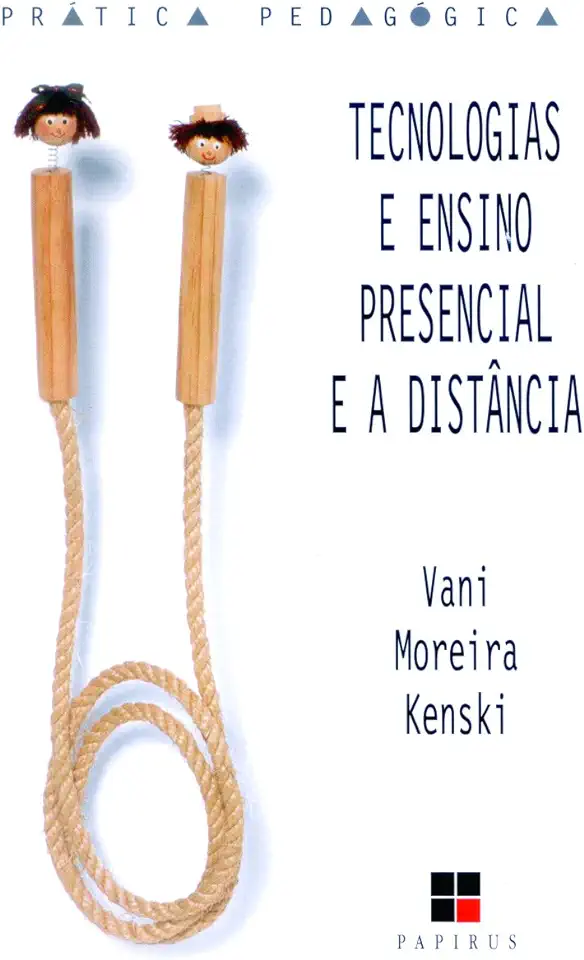
Technologies and Face-to-Face and Distance Education - Vani Moreira Kenski
Technologies and Face-to-Face and Distance Education
Introduction
In the 21st century, technology has become an integral part of our lives. From the way we communicate to the way we learn, technology has revolutionized the way we interact with the world around us. In the field of education, technology has had a profound impact on both face-to-face and distance education.
The Role of Technology in Face-to-Face Education
Technology has become an essential tool in face-to-face education. From interactive whiteboards to online learning platforms, technology can help to engage students, improve their understanding of the material, and foster collaboration.
Interactive Whiteboards
Interactive whiteboards are a great way to engage students in the learning process. They allow teachers to create dynamic presentations, incorporate multimedia content, and interact with students in real time. Interactive whiteboards can also be used to facilitate student collaboration, allowing students to work together on projects and share their ideas.
Online Learning Platforms
Online learning platforms provide students with access to a wealth of resources, including lectures, readings, and assignments. They also allow students to interact with their teachers and classmates online, fostering a sense of community and collaboration. Online learning platforms can be used to supplement face-to-face instruction or to provide students with a completely online learning experience.
The Role of Technology in Distance Education
Technology has made distance education a viable option for students who are unable to attend traditional face-to-face classes. Distance education allows students to learn at their own pace and on their own schedule, and it can be a great option for students who live in remote areas or who have busy schedules.
Video Conferencing
Video conferencing allows students to interact with their teachers and classmates in real time, creating a more engaging and interactive learning experience. Video conferencing can be used for lectures, discussions, and group projects.
Virtual Reality (VR)
Virtual reality (VR) is a powerful tool that can be used to create immersive learning experiences. VR can be used to take students on virtual field trips, allow them to explore historical events, or even let them experience different cultures.
The Benefits of Using Technology in Education
There are many benefits to using technology in education, including:
- Engagement: Technology can help to engage students in the learning process, making them more likely to retain information and develop critical thinking skills.
- Collaboration: Technology can foster collaboration between students, allowing them to work together on projects and share their ideas.
- Flexibility: Technology can provide students with more flexibility in their learning, allowing them to learn at their own pace and on their own schedule.
- Access: Technology can provide students with access to a wealth of resources, including lectures, readings, and assignments, regardless of their location.
Conclusion
Technology has the power to transform education. By using technology in face-to-face and distance education, we can create more engaging, interactive, and flexible learning experiences for students. Technology can also help to provide students with access to a wealth of resources, regardless of their location. As technology continues to evolve, we can expect to see even more innovative and effective ways to use technology in education.